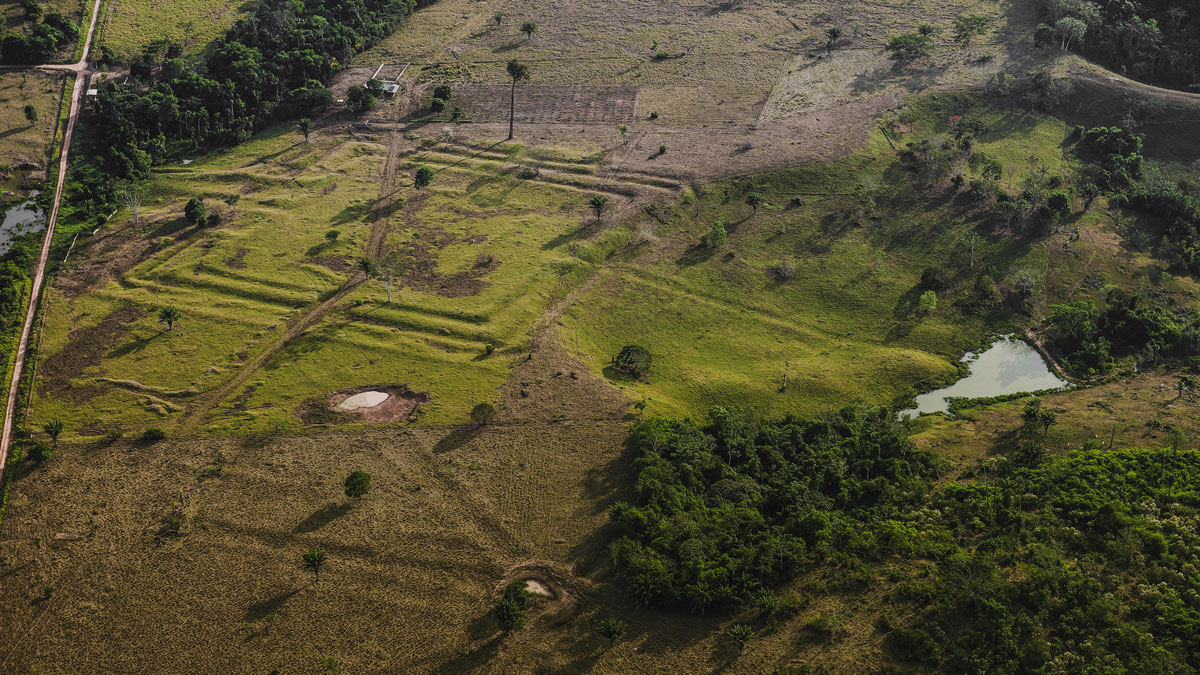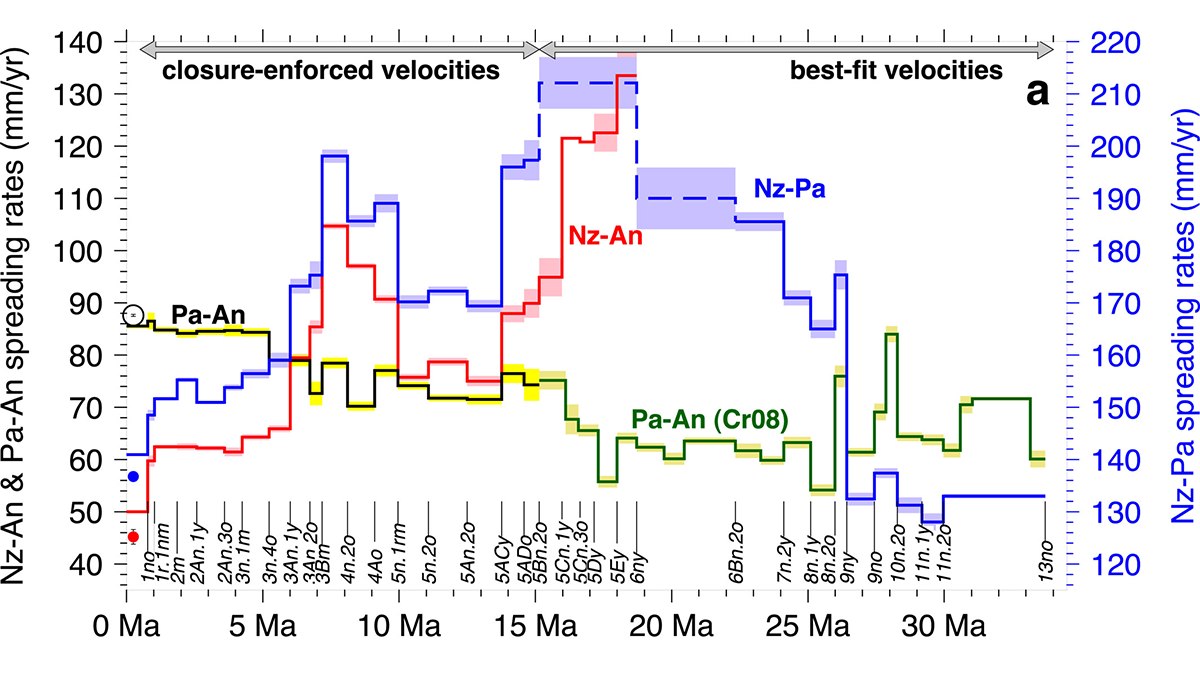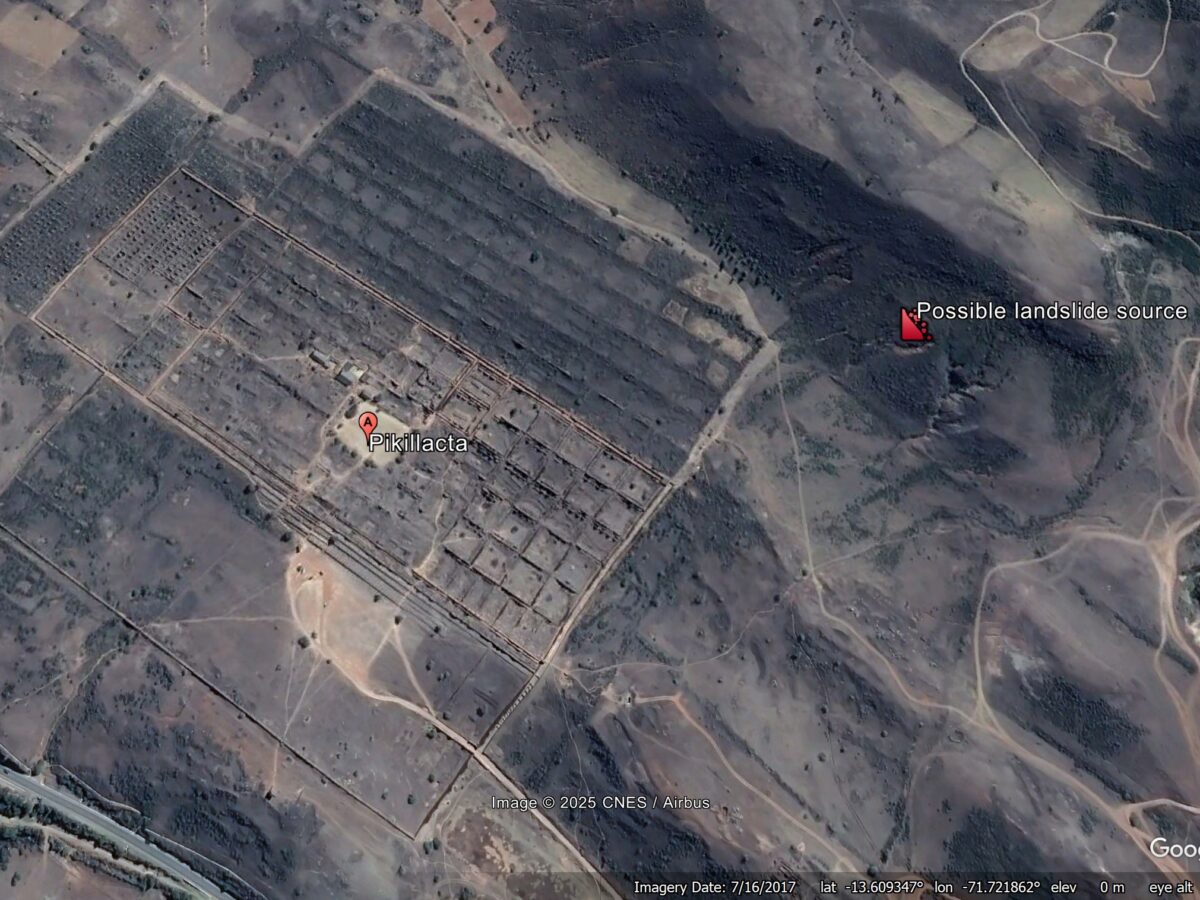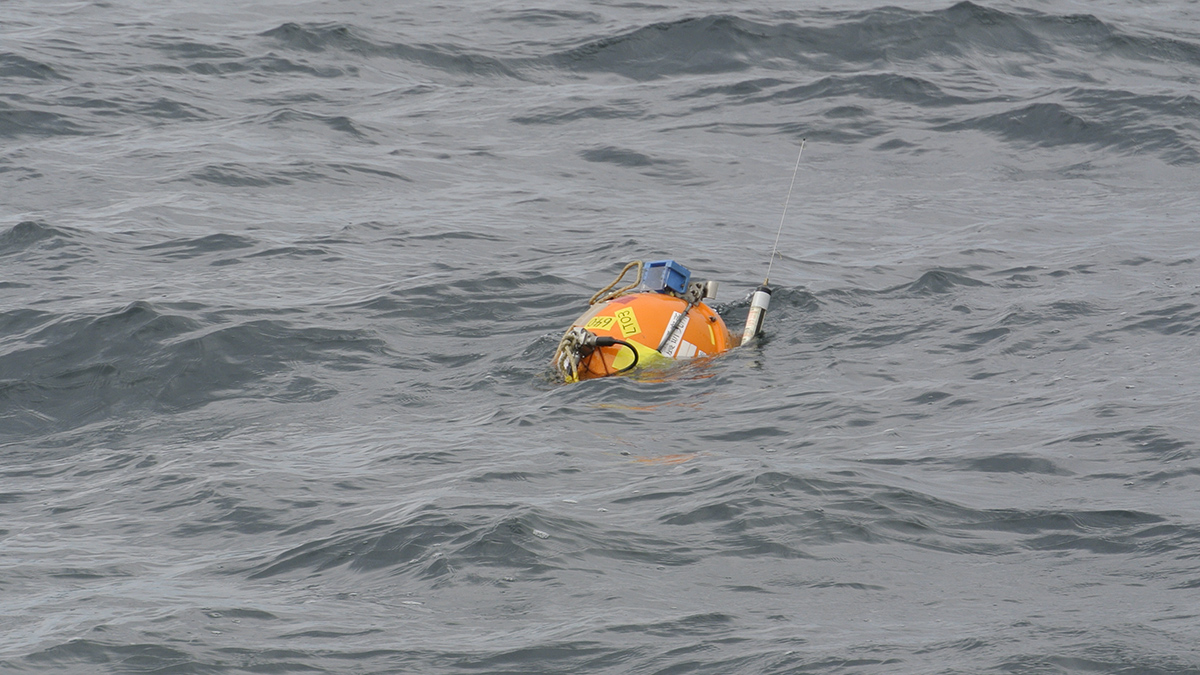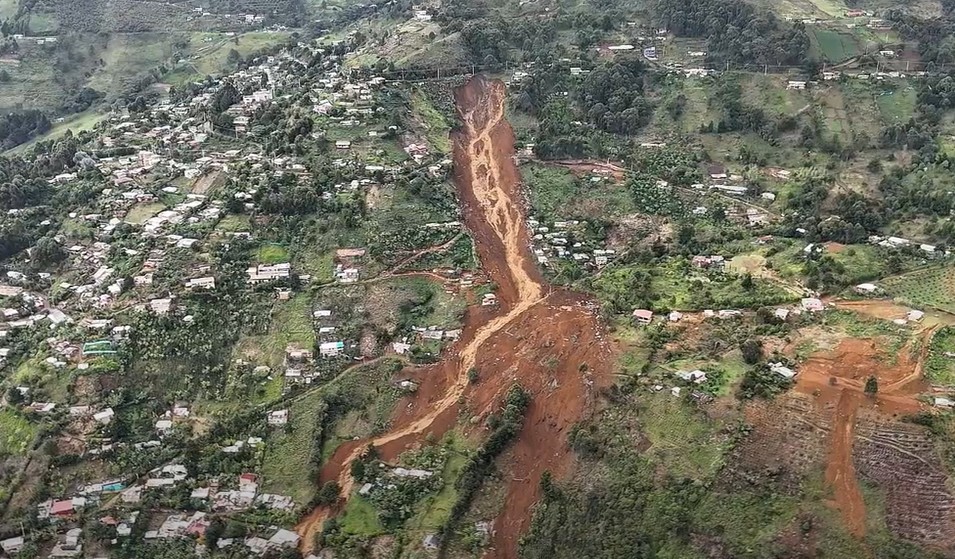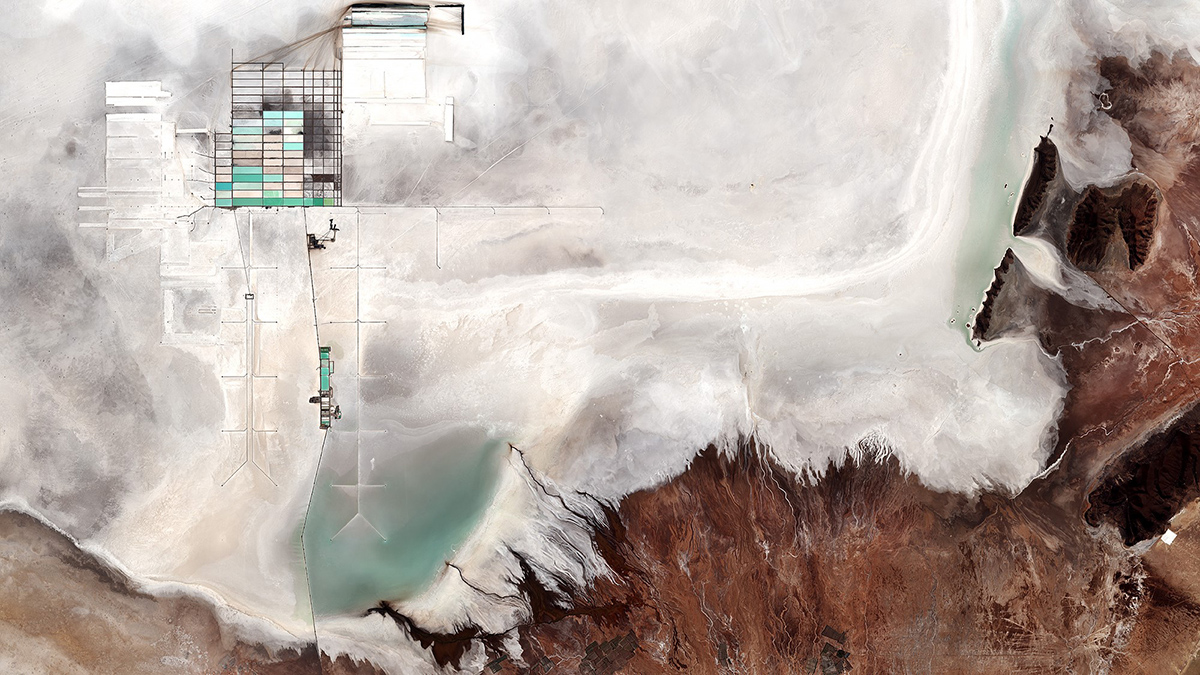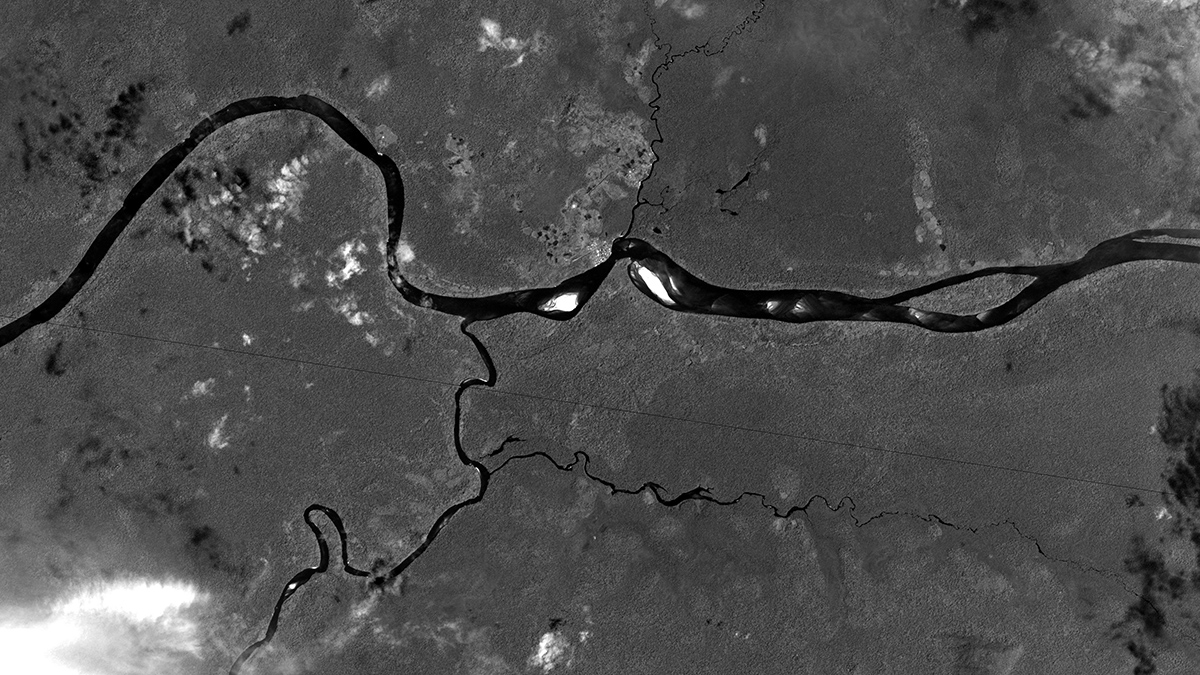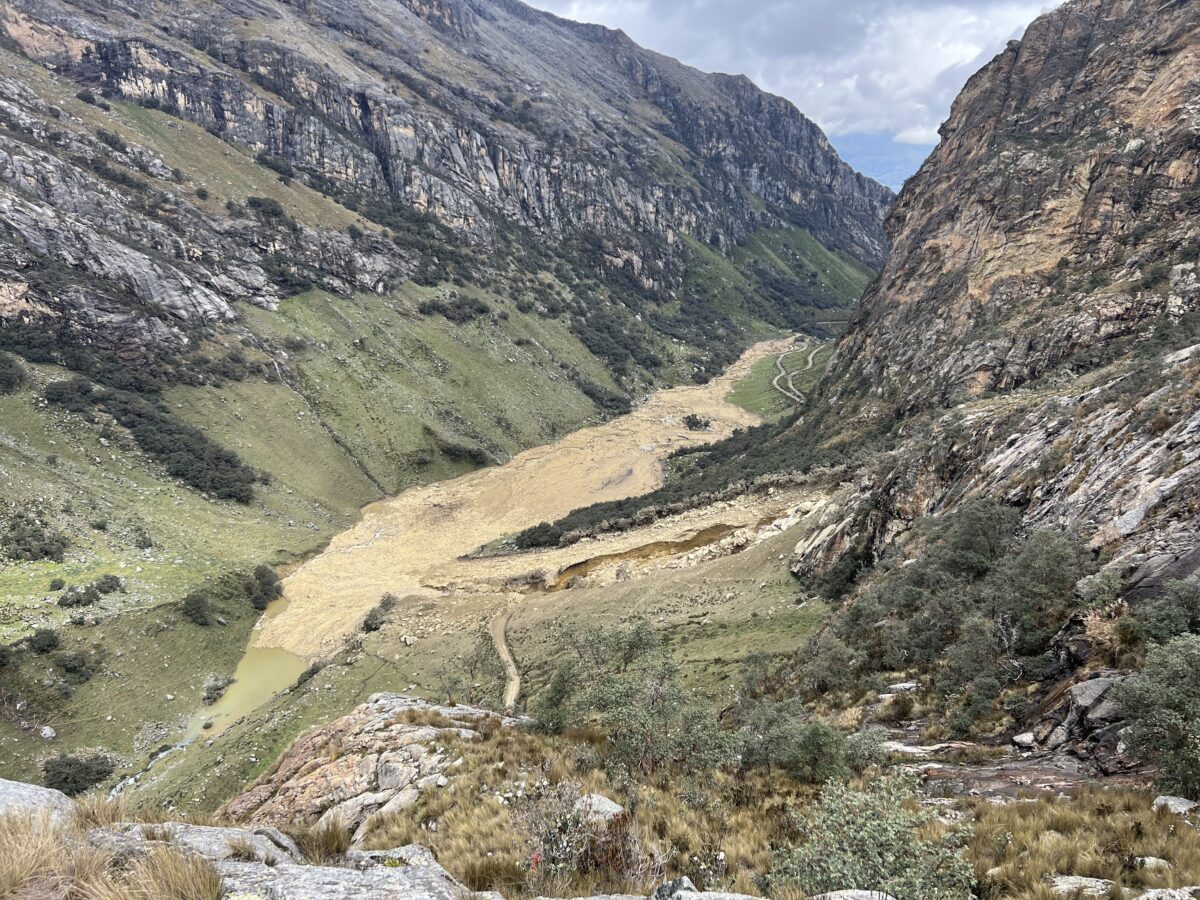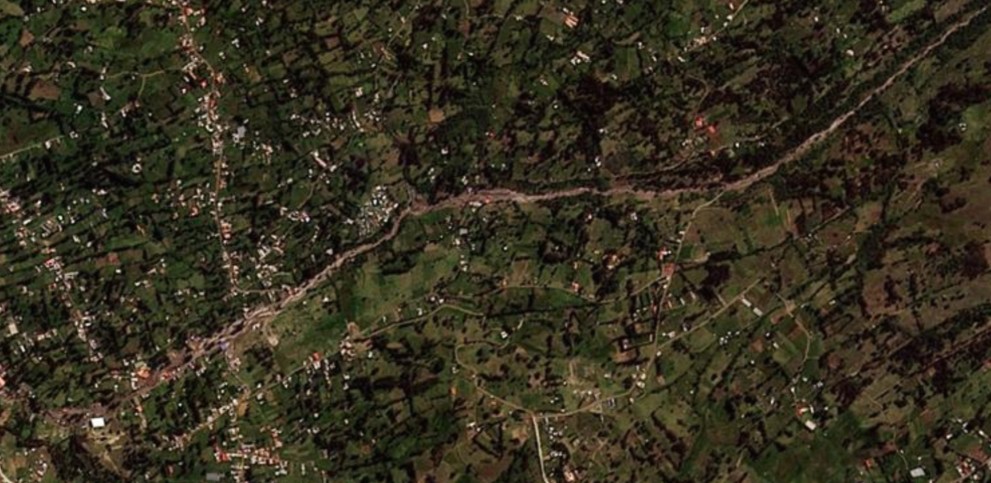Portions of the forest managed by pre-Columbian populations hold higher biomass and are more able to withstand climate change.
South America
Changes in Slab Dip Cause Rapid Changes in Plate Motion
Periods of slab shallowing in the South American subduction zone appear to cause decelerations in Nazca plate motion.
Pikillaqta in Cusco: the role of an earthquake-induced debris flow in about 900 AD
The Landslide Blog is written by Dave Petley, who is widely recognized as a world leader in the study and management of landslides. According to Wikipedia, Pikillaqta is a large archaeological site located 20 km to the east of Cusco in Peru. Inhabited by the Wari people, it was abandoned at about 900 AD for […]
The 22 May 1960 earthquake-induced landslides and tsunami at Lake Rupanco in Chile
Reconstruction of landslides on the banks of Lake Rupanco in Chile, triggered by the 22 May 1960 Mw-9.5 earthquake, suggests that a slope failure with a volume of 161 million cubic metres triggered a tsunami with a maximum amplitude of 33.3 metres. About 120 people were killed. A very interesting paper (Quiroga et al. 2025) […]
Finding the Gap: Seismology Offers Slab Window Insights
Studying slow tremors has helped researchers home in on the youngest part of the Chile Triple Junction’s gap between subducting plates, which offers a window to the mantle.
The 24 June 2025 landslide at Granizal near to Medellín, Colombia
A major landslide has occurred in the vicinity of Altos de Oriente and Manantiales, near to Medellín and Bello, in Colombia. It is believed that about 25 people died. On 24 June 2025 at 3:20 am, a large landslide occurred in the vicinity of Altos de Oriente and Manantiales, near to Granizal in Colombia. At […]
Preocupaciones sobre el litio, el agua y el clima en los dos desiertos más altos de la Tierra
La extracción de salmuera para satisfacer la demanda de recursos en medio de la transición a energías renovables está afectando los recursos hídricos en Sudamérica y China. Los hidrólogos pueden ayudar a comprender cómo y a sumarse a la búsqueda de soluciones.
Images of the source of the 28 April 2025 landslide / GLOF at Vallunaraju in Peru
The Landslide Blog is written by Dave Petley, who is widely recognized as a world leader in the study and management of landslides. A few days ago I highlighted the severe landslide and GLOF that occurred on the flanks of Vallunaraju in Peru, on 28 April 2025, which caused substantial damage and at least two […]
The 28 April 2025 Glacial Outburst Flood (GLOF) / landslide at Vallunaraju in Peru
The Landslide Blog is written by Dave Petley, who is widely recognized as a world leader in the study and management of landslides. On 28 April 2025, a major debris flow travelled down a channel from a major mountain, Vallunaraju, striking the communities lower down the slope. At least 100 houses were destroyed and two […]

